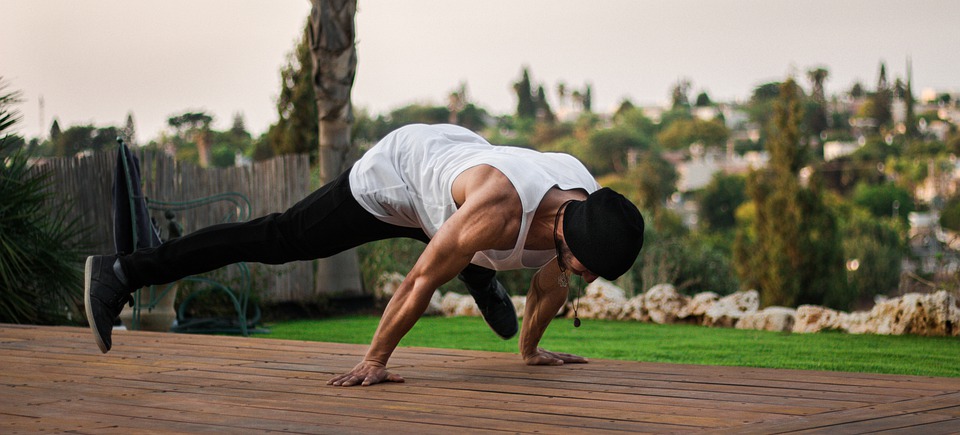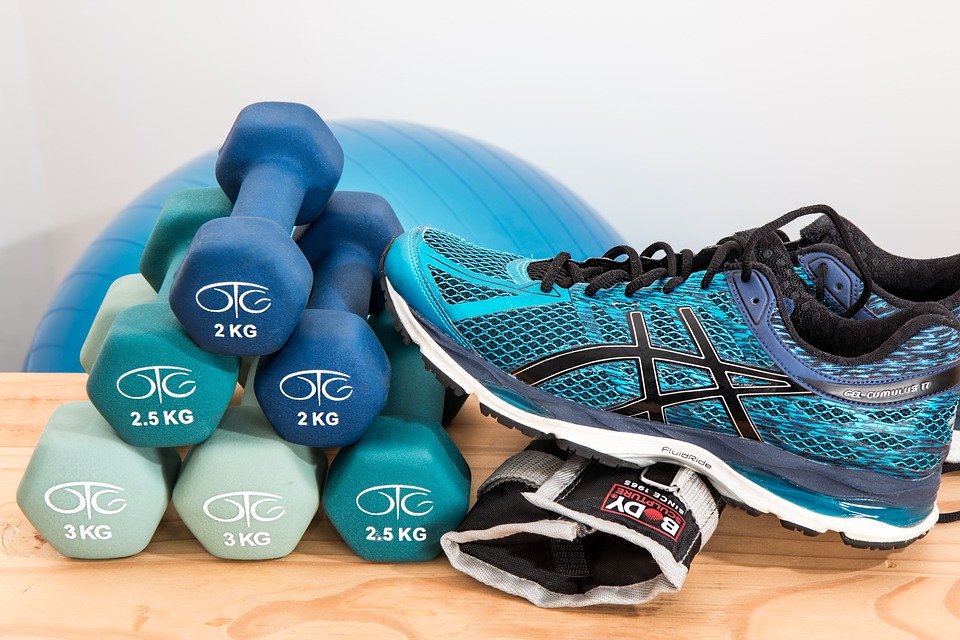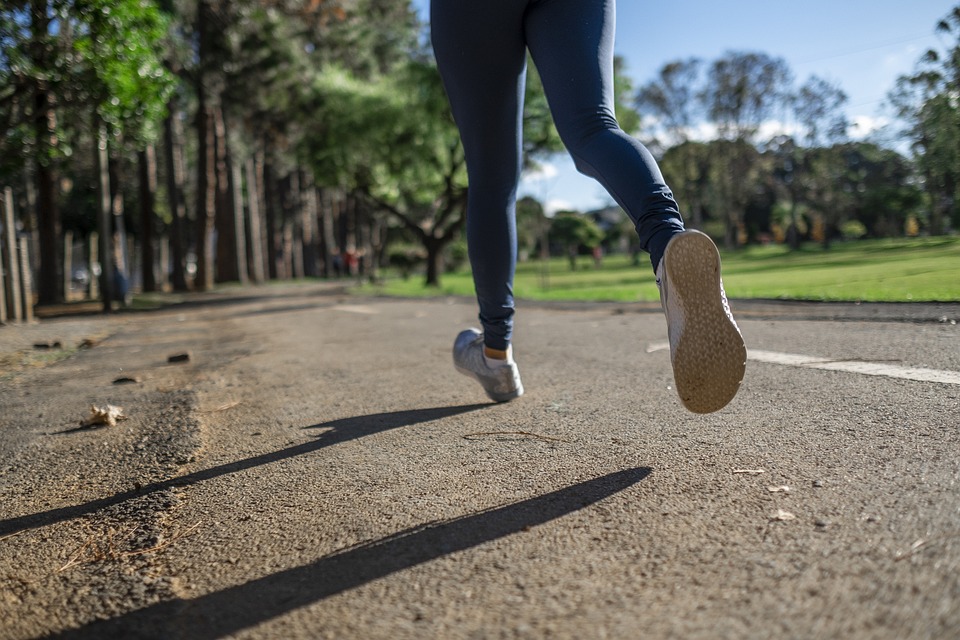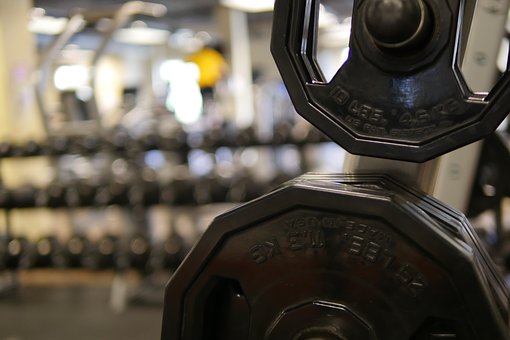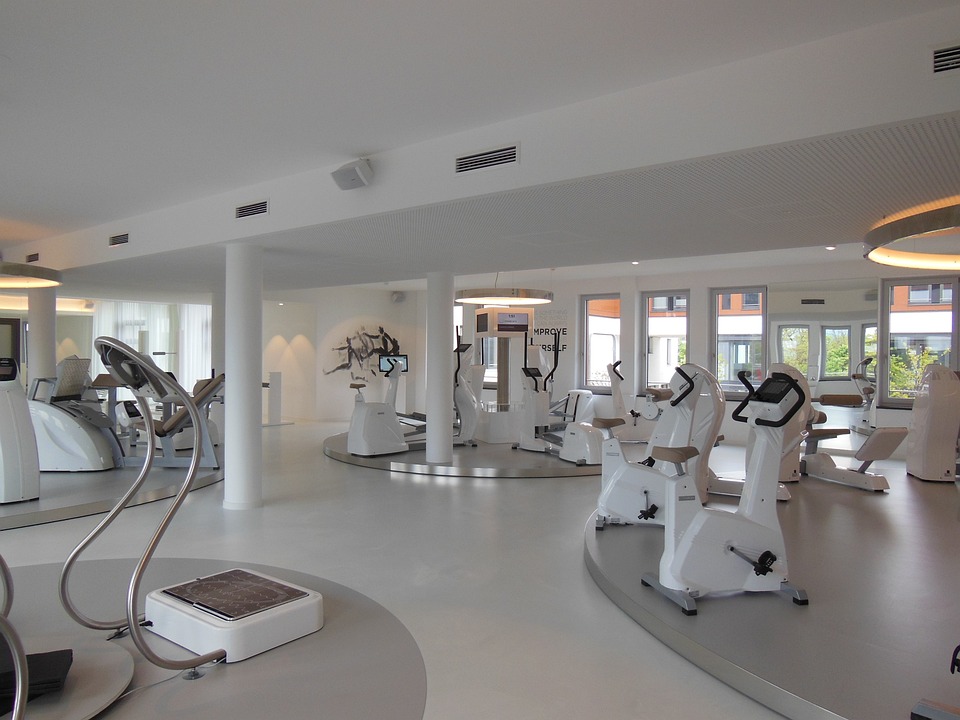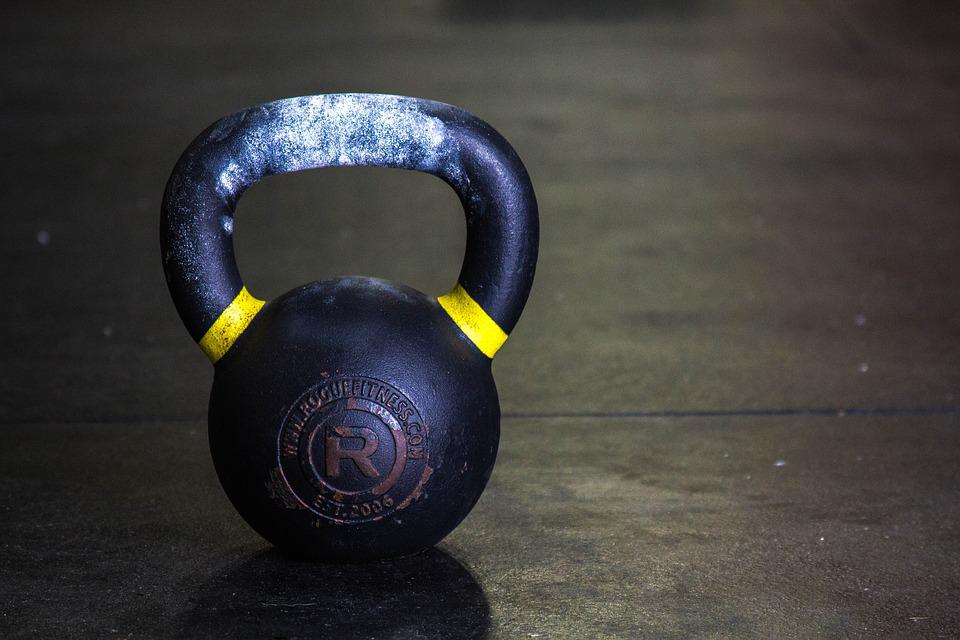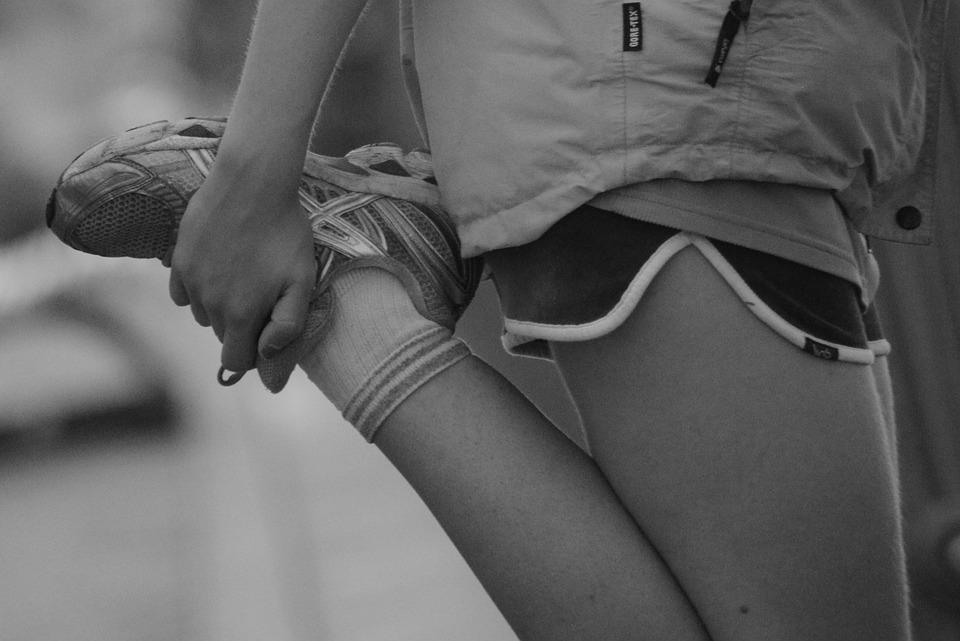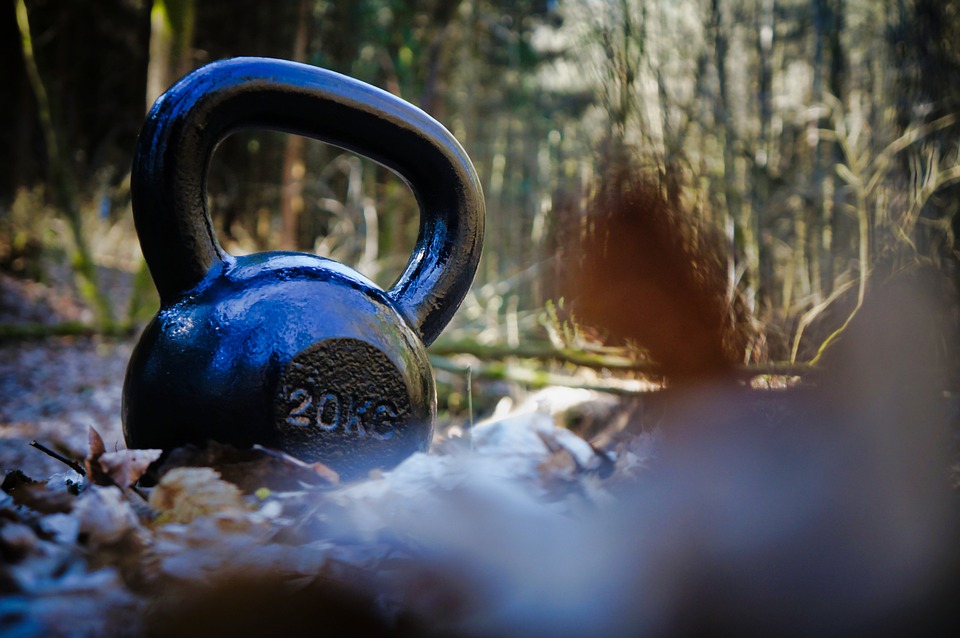
If you are not achieving your highest possible level of strength in your squats and deadlifts, it is very likely your hamstrings are not strong. In addition, a deficiency of hamstring eccentric strength is recognized as a factor that could lead to hamstring injuries. It is beneficial to be aware of them for better results, looks, and avoiding harm.
The hamstrings are both important for your activity and worth taking the time to exercise in the direction of both the hip and the knee since these muscles are responsible for an extension at the hip and flexion of the knee. Under the direction of Dr. Stefi Cohen, an impressive world record holder in multi-powerlifting, we have put together the best hamstring exercises for increasing strength, performance, and muscle growth.
Lying Leg Curl
The lying leg curl is not given enough recognition and is frequently done incorrectly. When done correctly with a full range of motion, this exercise will enhance the strength of your hamstrings and calves. Maintain your hips and your torso stable to make sure you are only straining your hamstrings.
Benefits of the Lying Leg Curl
- The lying leg curl isolates and strengthens the hamstrings as knee flexors.
- It helps improve hamstring flexibility when used with a full ROM.
- Trains the calf muscles.
How to Do the Lying Leg Curl
Lie face down on the leg curl machine. Place your lower legs beneath the pad, making sure to rest your heel area against it, and keep your hips pressing against the floor. Draw the belly button inwards to avoid movement compensations. Curl the weight towards your glutes. Be sure to lower yourself slowly to get the most out of the tension while doing the eccentric part of the exercise. Rinse and repeat.
Hamstring Slide
This exercise utilizes the hamstrings as they act as both hip extenders and knee flexors. This exercise is easier than the razor curl. You can choose to begin with this exercise to enhance eccentric hamstring strength and avoid strain injuries. No weight needs to be added in order to exercise the muscle, making it easy on the joints.
Benefits of Hamstrings Slides
- Increases eccentric hamstring strength to help prevent hamstring strains and improve squat and deadlift performance.
- Easier exercise to do than the razor and Nordic curl.
How to Do Hamstring Slides
Lay down on the floor with your knees bent and your feet supporting your legs at a 90-degree angle. The backs of the feet should be atop a pair of gliding discs. If you’re doing this exercise from home, you can place the heels of your feet on a couple of socks placed on a hardwood floor. Using your glutes, lift your hips up and move the heels of your feet away from your body until your legs are nearly straightened out. Bend your legs to move your feet close to your knees, then do it again.
Toes-Elevated Dumbbell Romanian Deadlift
Romanian deadlifts are an excellent supplementary exercise for deadlifts and bolster vigor and bulk to your gluteal and hamstring muscles. The toes-elevated variation takes this to a new level. By bringing your toes up, you are transferring your weight to the back of your feet, thus further targeting and boosting the strength of your hamstrings. Performing the exercise with a slow eccentric contraction can increase strength while in an elongated posture, helping to prevent any injuries.
Benefits of the Toes-Elevated Dumbbell RDL
- The elevated heels further isolate the glutes and hamstrings for more muscle-building and strength potential.
- Increases hamstring eccentric strength to help prevent hamstring strains.
How to Do the Toes Elevated Dumbbell RDL
Looking for a 25-pound weighted plate or a small raised surface that will bring the toes towards each other and lift them off the ground. Bend forward while extending the dumbbells so that they travel in front of your toes rather than near your body. Regulate the irregular rhythm to sense the stretch suitably, take a momentary break in the lowest posture, and swing back up.
Dumbbell Good Morning
The barbell good morning is an excellent way to tax the hamstrings, however, not everyone has the suppleness in their shoulders to extend backward and steady the barbell. Or, in the wake of all the strain that squatting and deadlifting have put on your spine, it’s important to give it a rest. Perform the dumbbell good morning for improved core strength, targeting the same muscles as the barbell version, yet with the absence of stress on your spine. The extra weight situated at the front of the body encourages you to be more conscious of how your upper body is positioned.
Benefits of the Dumbbell Good Morning
- Positioning the dumbbell engages the anterior core and is easier on the lower back and shoulders than the barbell variation.
- Strengthens the lower back, hamstrings, and glutes at the same time.
How to Do the Dumbbell Good Morning
Grip a substantial weight with your hands and place it up against your chest. Keep your back and neck in a straight position, while making sure your core is tight. Bend your knees gently and pivot at your hips, lowering your torso until it is almost parallel with the floor, keeping your back in an appropriate alignment. Take a momentary break and go back to the beginning, then do it again.
Single-Leg Stability Ball Curl
The exercise of a single-leg hip extension hamstring curl is effective in engaging both the hamstrings’ extensor and flexor functions; which together work on your hips and knees respectively. The use of an instability ball when exercising necessitates proper form and effort from your stabilizer muscles, thereby making your workout more arduous. When you focus on the strange movements of this activity, you are taking a major step in strengthening your hamstrings.
Benefits of the Single-Leg Stability Ball Curl
- Strengthens the hamstrings, hip extensors, and knee flexors.
- The increased stabilization demands improve hip and core stability
- A great exercise for runners as the stability ball mimics the unevenness of road running.
How to Do the Single-Leg Single-Leg Stability Ball Curl
Lie on your back with both feet placed firmly on a stability ball, keep one leg bent, and squeeze your gluteal muscles. Lift your butt and take one foot off of the ball. Bend the leg and move the ball in the direction of your buttocks. Gradually move in the opposite direction and drop your pelvis to the ground, and repeat.
Nordic Hamstring Curl
The Nordic hamstring curl is similar to the razor curl, but slightly simpler to carry out, though not by much. The muscular power of your hamstrings is the only thing keeping you from falling face-first to the ground.
A study found that doing this hamstring exercise can reduce the odds of a hamstring injury by more than half compared to people who do not perform the exercise. A remarkable increase, especially if you’re vulnerable to hamstring strains.
Benefits of the Nordic Hamstring Curl
- This move might help reduce your risk of hamstring strains.
- The Nordic hamstring curl is a fantastic exercise for improving hamstring hypertrophy.
- You’ll improve your mental focus because you’ll need a lot of it to safely execute this lift.
How to Do the Nordic Hamstring Curl
Kneel on both knees. Ensure your feet are safely held in place by either having the necessary equipment or having somebody help you. Engage your hamstrings, glutes, and abs. Keep your back neutral. Bend forward gradually, using your hamstrings as the primary source of power until you support yourself with your hands or lightly make contact with the floor. Push yourself back up. Repeat.
Split-Stance Dumbbell Romanian Deadlift
Doing exercises with one leg can be extremely helpful in terms of building strength, increasing power, and stimulating muscle growth. But lots of weightlifters have difficulty maintaining balance during single-leg exercises, making it hard for them to perform. When doing single-leg exercises, one can decrease the balance difficulty by taking a slightly off-kilter or split-position stance. This will still stimulate the single-leg muscles, but not as strenuously as a balanced stance.
The Romanian deadlift with split stance and dumbbells allows you to concentrate on exercising the hamstrings of your front leg, with your rear leg furnishing the necessary firmness to keep steady. Exercising with dumbbells instead of a barbell has the added advantage of having a greater range of motion while simultaneously decreasing the strain on the lower back.
How to Do the Split-Stance Dumbbell Romanian Deadlift
Hold a weight in each hand at your sides. Position yourself with your feet slightly wider than shoulder-width apart, with the heel of one foot aligned with the toes of the other. Maintain an upright posture while thrusting your hips and bottom backward. Permit your hands to be parallel to one another as the weights descend closer to your forefoot. Push with your front leg to get your body up, not your back foot. Perform all reps on one leg before switching sides.
Benefits of the Split-Stance Dumbbell Romanian Deadlift
- This movement pairs the benefits of single-leg training with the stability of a bilateral (two-legged) exercise.
- The split-stance dumbbell Romanian deadlift allows a significant muscle-building stimulus from relatively light weights, due to the stance and leverage.
Standing Leg Curl
In gyms, it is common to come across different versions of the standing leg curl machine. In some varieties of leg curl machines, your free foot is left to stand firmly on the floor while in others, termed “kneeling leg curls,” there is equipment to help hold your idle leg in a bent position. The overall result and performance are the same either.
Doing the standing leg curl exercise focuses on the knee joint flexing, an activity that your hamstring muscle does a lot of. The use of the standing machine allows for working one leg at a time, thus providing an additional advantage.
How to Do the Standing Leg Curl
Position the apparatus on the ankle of the functioning leg so that the curl pad is just above it. Secure your torso in position using any available handles. Strengthen your torso and contract your calf muscle towards your buttocks. Achieve a complete range of motion. Decrease the weight with control until your leg is in a fully extended position. Perform all reps on one side before switching legs.
Benefits of the Standing Leg Curl
- The standing leg curl applies constant tension to the target muscle, unlike free-weight movements which apply varying levels of resistance due to gravity.
- Unilateral (single-leg) training can help to address and correct muscular imbalances between sides.
- The design of the machine limits your ability to reduce muscle activation by using full-body momentum to swing the weight.
Seated Leg Curl
To get the most out of the seated leg curl machine, it needs to be adjusted to the individual’s needs. The back pad, thigh support, and ankle pad of most machines are adjustable and should be adjusted properly to provide your body the best possible position. Most people, however, skip this crucial step.
This tight action can create a powerful hamstring flexion with minimal involvement of other body parts, which makes it the perfect exercise to boost your muscle development.
How to Do the Seated Leg Curl
Move the back pad so that your knee is in the same plane as the leg attachment which pivots. Make sure the thigh guard is firmly up against the top part of your upper legs. Position the ankle support to sit directly above the heel. Engage your abs and push your heels into the ground to create a full contraction; your feet should be placed directly underneath the seat of the machine. Straighten your legs under control.
Benefits of the Seated Leg Curl
- The seated leg curl puts the body in nearly identical positioning as the quadriceps-focused leg extension while training the direct opposite muscle group, making the two movements an ideal superset.
- This machine provides significant support which eliminates momentum and removes your ability to lift the weight using anything but strict hamstring activation, leading to a greater muscle-building stimulus.
- The seated position changes the stretch of your hamstring muscles, which may contribute to greater growth compared to a lying leg curl.
High Leg Press
The leg press can be a useful exercise to help build your quadriceps, yet if you alter the placement of your feet then you can transfer the muscle focus to your hamstrings.
Having the top of your feet higher on the leg press platform than normal increases the amount of work performed by the hamstrings and glutes, while decreasing the effort done by the quadriceps. By performing this exercise, you make it an incredibly effective exercise for your hamstrings, permitting you to pull relatively heavy weights.
How to Do the High Leg Press
Get in position in the leg press by sitting on the machine with the feet shoulder-width apart and the toes pointing towards the top of the footrest. Maintain your soles pressed against the ground while gradually reducing the weight until you have reached the point of your range of motion. Stay in touch with the pad in your back area throughout the entire time. Starting from a lying position, extend your legs to the point where they are almost fully extended.
Benefits of the High Leg Press
- The high leg press allows you to work the hamstrings using heavy weights, which contributes to muscle growth and strength gains.
- This leg press variation can be performed toward the end of a hamstring-focused workout, to fully exhaust the fatigued muscle, or at the beginning of a hamstring workout to overload the target muscle with heavy weights.
Kettlebell Swing
A kettlebell swing is a popular movement employed for various goals such as increasing muscle, improving strength, enhancing conditioning, or reducing fat.
Unlike a lot of other workouts performed in the gym, the kettlebell swing puts the main focus on the part of the movement where you lift up (concentric phase), compared to the part where you are lowering back down (eccentric phase). This will not only increase strength but also promote muscle development.
How to Do the Kettlebell Swing
Position your feet so that they are wider than your shoulders and place a kettlebell a few inches in front of your toes. Bend your knees a little, thrust your hips backward, and take hold of the kettlebell’s upper handle using both hands in the overhand grip. Bring the kettlebell towards your body and let it sway just behind your legs. Stabilize your abdomen and stay erect while you enforce your lower body to move the weight towards your chest level via the momentum of your hips, rather than depending on arm power. Allow your weight to gravitate back to its original position behind your legs and perform the motion once more.
Benefits of the Kettlebell Swing
- The kettlebell swing is shown to improve overall strength and explosive power.
- This dynamic movement builds grip strength, core strength, cardiovascular conditioning, and metabolic stress for a muscle-building stimulus.
- Because it requires minimal equipment and limited space, the swing is a convenient and space-efficient way to train your lower body. This makes it ideal for home gyms or those with limited access to weights.

